My last brief visit to Chicago focused mostly on high-end dining – Alinea (pictures here) and the now-closed L2O (pictures here), though I also managed to squeeze into a seat at Au Cheval (pictures here) and snag one of their awesome burgers. But this trip was planned on fairly short notice, too late to book seats at a couple other places high on my to-do list: Grace and 42 Grams in particular.
So the question was, where to go in Chicago where we could book a table on about a week's notice?[1] I aimed a bit lower and made reservations at a couple newer additions to Chicago's dining constellation – Salero and Momotaro – as well as a place I've been hoping to try for a couple years, Trenchermen.
Other than the weather, it all worked out pretty well. Here's a brief travelogue of where we went and what we did.
Our very first stop was at the Broken Shaker (see all my Broken Shaker pics here), a newly opened Chicago outpost of Miami's craft cocktail bar in the Freehand Hotel. I may have brought the Miami weather with me, but the Bar Lab boys, Elad Zvi and Gabriel Orta, seem to have brought all the rest of the Magic City to the Windy City.[2] They've done an uncanny job of capturing the look and feel of the original bar in the old 1930's era Miami Beach Indian Creek Hotel. They get the drinks right too, with some Miami staples (Cocoa Puff Old Fashioned) mixed in with some Chicago-inspired cocktails. A Devonshire Fizz, with Rare Tea blood orange scented green tea, Campari, grapefruit soda, vermouth and Milagro tequila, took the edge off a steamy Chicago afternoon. We even ran into Elad at the bar, a day before he headed to New Orleans for Tales of the Cocktail and picked up a well-deserved award for Best American Hotel Bar for Shaker Miami.
Broken Shaker Chicago
19 East Ohio Street, Chicago, Illinois 312.940.3699
From there, we headed to dinner at Salero (see all my Salero pics here), a Spanish restaurant which opened about a year ago in the West Loop, which is becoming Chicago's restaurant row. The chef is Ashlee Aubin, an alumnus of (now-closed) Zealous and Alinea who also runs the kitchen at Wood. At Salero, Aubin mixes old and new, with lots of Basque influences in particular on display.
Though Spanish often means tapas, Salero's menu eschews the now-ubiquitous "small plates" format for more traditional appetizers ("entradas") and entrées ("platos fuertes"). Still, there is also a bar menu of pintxos (the Basque tapas equivalent) which, if you ask nicely, you can also avail yourself of in the dining room. It was from there that we ordered a couple "Gildas," a simple and wonderful pintxo of anchovies, manzanilla olives and guindilla peppers found throughout San Sebastian and Bilbao.[3] Also from the pintxos menu, a sampling of Spain's outstanding "conservas," or canned seafood products: berberechos (cockles), served simply with bread, butter and lemon, and still tasting like they were straight from the sea.
A variation on calçots looked to the Catalan instead of the Basque country for inspiration; the brick-red, mildly spicy romesco sauce was right on target, but the grilled spring onions were all crispy greens and none of the tender, sweet whites that are the highlight of the traditional dish.[4] A rabbit terrine looked somewhat sloppy and disheveled, but I would have ordered anything that came with the excellent cheese-stuffed, tempura-fried padron peppers that accompanied it. And I loved Salero's modernized version of callos a la madrileña, which was the Best Thing I Ate Last Week (last week).
Salero
621 W. Randolph Street, Chicago, Illinois 312.466.1000
The following morning we headed up to Lincoln Park, where the Green City Market hosts a Saturday farmers market. We grabbed a pint of some Michigan berries from Mick Klug Farm and a buttermilk doughnut from the Doughnut Vault truck parked along the street and had our breakfast on a park bench.
Just down the street is the Chicago History Museum, which had a fantastic exhibit of photos by Vivian Maier, a nanny for several Chicago families who in her spare time took pictures all around the city during the 1950's through 1970's. This was really a stunning exhibit with an odd backstory. Maier apparently didn't show her photographs to anyone during her lifetime, and at some point in her life, a storage locker with thousands of negatives was auctioned off after being seized by a landlord. In 2007 the negatives were discovered in a thrift auction house and finally made their way to the public eye.[5]
We wound up back in the West Loop for lunch, and after poking our noses into Stephanie Izard's Little Goat Diner (one hour wait) and Au Cheval (three hour wait!), I grabbed a sandwich at Cemitas Puebla instead. I'd never had a proper cemita before and my expectations were high – perhaps too high. I went with the milanesa, and it was a good, satisfying $8 lunch, but nothing that changed my life in any meaningful way. Nice crispy, juicy pork loin, on a nice puffy, crusty-shelled roll, but it had too much cheese, not enough avocado, and barely a whisper of any chipotle sauce. I doctored it with the tableside salsas, but it wasn't enough to make any magic.
Cemitas Puebla
817 West Fulton Market, Chicago, Illinois 312.455.9200
For dinner, we headed over to Wicker Park, past the teeming hordes filling the outdoor patio and stuffing their faces with tacos at Big Star, and around the corner to the somewhat more sedate Trenchermen (see all my Trenchermen pictures here). The entrance looks like a Victorian scientist's cabinet of curiosities, with terrariums mounted on the wall and shelves stuffed with odd knick-knacks. Down a half-flight of stairs, you'll find yourself in the lengthy bar, which occupies a space that used to be a Russian bathhouse and still feels a bit like it, with white subway tiles lining the walls of the subterranean space. The dining room occupies a parallel room dominated by huge octagonal lights that look like they were poached from a Frank Lloyd Wright project.
The food, from Chef Pat Sheerin,[6] is equally eccentric, often referencing multiple cuisines at once, even on the same plate. Notwithstanding the heartiness suggested by the restaurant's name, most dishes tread pretty lightly. The menu is divided into sections for cold and warm starters and then mains, but a four-course prix fixe option lets you choose two starters, a main and a dessert, which is about the right amount of food.
Salt and pepper squid, served over a salad of cubed eggplant and cucumber with spicy chiles, felt Asian and Middle Eastern at the time, sichuan peppercorn bringing that tingly "ma la" sensation, cumin vinaigrette adding that warm B.O. funk. That may not be the most appetizing description, but it was a delicious dish. A plate of grilled carrots paired with English pea falafel balls and an orange and olive oil "jam" also tasted like it had blown through the Mediterranean on its way to the table. A salad of kale and pickled escabeche vegetables napped with an avocado goddess dressing and sprinkled with toasted pumpkin seeds felt appropriately virtuous.
If Trenchermen has a signature dish, it may be the "pickle tots" – a mash-up of tater tots and fried pickles, served with a hot pink yogurt infused with dehydrated red onion, and ribbons of cured and smoked chicken "bresaola" (you can watch the Sheerin brothers prepare the dish here). I can see why they'd have trouble taking it off the menu – it's a great dish, simultaneously contemporary and nostalgic.
While you can go meaty at Trenchermen, with a double burger, beef shoulder, or leg of lamb, it's also a vegetarian-friendly place, with not one but two plant-based main course options. Wanting to eat light, we tried both. I preferred the toasted oats with mapo tofu, the tofu dusted with powdered chiles in a bowl rounded out with lentils, eggplant and toasted almonds. The roasted broccoli, with vadouvan spice, sprouted black chickpeas, a broccoli and hemp seed hummus and hoisin sauce, was not as good, the broccoli a bit woody and tough, the spicing a bit too mild-mannered. But the dessert – a Basque cake, served over an almond crumble and a smear of lemon curd, and crowned with a scoop of olive oil poppy seed ice cream – more than made up for it. I don't usually get that excited over cake, but this one, crusty on the outside and custardy within, was exciting stuff.
Trenchermen
2039 W. North Avenue, Chicago, Illinois 773.661.1540
(continued ...)
We started the next morning with a walk to Millennium Park and a visit to the Art Institute of Chicago. An exhibition of sculptures by Charles Ray put the open and airy Renzo Piano-designed space of the Modern Wing to good use, especially this fiberglass reconstruction of a crashed car positioned in front of floor-to-ceiling windows looking out on the Pritzker Pavilion.
Mrs. F said one of her missions for the weekend was to get out and walk Chicago's neighborhoods, so we hopped on the Pink Line of the "L" and took it out to Pilsen. This neighborhood was originally German, then Czech, and is now predominantly Mexican, with a smattering of hipster. Of course I had an ulterior motive for our visit: Carnitas Uruapan is literally only steps away from the 18th Street stop.
Carnitas Uruapan (see all my Carnitas Uruapan pictures here) is pretty much a single purpose entity: the place serves pork carnitas, and lots of it. A counter is set up with two glass cases which contain imposing heaps of slow-cooked pork: in one is the tender meat, cooked to a state of tender collapse; in the other is, well, a bunch of other stuff that used to be a pig. A brisk take-out trade moves across that counter pretty much non-stop, as a guy wielding a large knife chops the pork and hands out samples to the customers like a Jewish deli from a parallel universe.
If you sit at one of the formica booths, there will be no tortilla chips and salsa; instead, the waitress drops a towering pile of crisp, airy chicharrones on the table, along with a couple potato-filled tacos dorados. You can order carnitas tacos by the piece, but she will give you a scornful look and make clear you should be ordering by the pound instead. And at $2.50 per taco versus $8.50 per pound (which comes with a stack of warm tortillas, plus a couple salsas on the table), she's absolutely right. If you get there early enough, you can specify which parts of the pig you want; otherwise, request "mixto" and you'll be surprised by the occasional ribbons of slippery, translucent skin, and maybe odd bits of stomach, liver or possibly other miscellany. Add a couple tacos dorados de sesos (filled with creamy pork brains), and some creamy guacamole, and two people can feast like kings for well under $20.
Carnitas Uruapan
1725 W. 18th Street, Chicago, Illinois 312.226.2654
That lunch took a while to walk off, but we eventually found our appetite in time for dinner at Momotaro, back in the West Loop. Let me start with this: Momotaro is one of the most beautiful dining rooms I've seen in some time, channeling the clean-lined elegance of a posh 1960's era Japanese corporate boardroom. Strings of flying saucer shaped lights hang over the bar, behind which is a cocktail menu that looks like a Japanese office directory; a constellation of round orbs illuminates the sushi bar which sits at the center of the dining room.
(See all my Momotaro pictures here).
The lengthy menu includes about twenty appetizers, several yakitori items, a few larger dishes done on a hibachi grill, as well as an expansive sushi selection. There's also one of the most informative sake listings I've seen anywhere, broken down by style, i.e., "fragrant: blossoms, spices, fruits;" "classic: earth, grain, umami;" "pure: clean, focused, delicate bouquet;" and "textured," and including English translations of the often poetic names. That's where we started things off, with the "Drunken Snapper" ("Narutotai") ginzo nama genshu, which came in what looked like an oil can, and was delightfully vibrant, bright and silky.[7]
We tried to cover all corners of the menu, and mostly accomplished our mission. At my local izakaya, when you sit at the bar they may hand you a small bowl of potato salad as a complementary starter. At Momotaro, you'll have to order the potato salad from the menu, but it's worth it for the inspired additions of pickled hakurei turnips and wakame mixed into the creamy salad, and crispy potato chips on top. My disappointment that the shiro ika "luxury squid" listed on the sushi menu was 86'd was tempered by our waitress' suggestion of the Hokkaido tako appetizer as a substitute, the cold octopus duplicating much of that same creamy mouthfeel as good raw squid, served in a chile inflected ponzu sauce and crowned with pea shoots. Another luxurious texture was offered by the fat-ribboned A5 Miyazaki wagyu beef, topped with uni and julienned shiso leaf.
A small sampling from the robata section of the menu was mostly solid too: the tsukune (chicken meatballs) had a nice, not overly sweet tare glaze, as well as a smear of some good yuzu kosho to add some spice and citrus zing, though the fried – too hard – quail eggs felt like a superfluous substitute for the traditional raw egg yolk used as a dipping sauce. Hatsu (chicken hearts) were meaty and intense, and also benefited from a roll in that yuzu kosho.
The sushi options include both traditional nigiri and a list of "chef selections" that are more, well, cheffy, with special accompaniments or preparations. The aji yakusugi, which is smoked with thousand year old cypress wood, is a bit gimmicky, but also incredibly fragrant and pretty delicious, the bowl arriving at the table billowing incense-like smoke. A $50 "sushi omakase" brings nine pieces of nigiri which have all been given some special treatment: a dab of apple purée on the kinmedai, marcona almonds on the magurozuke, fried garlic and ginger on the katsuo, uni underneath the seared scallop. I don't think Jiro Ono has anything to be nervous about it, but both the fish and rice were well done for a place that is not a dedicated sushi specialist.
The check arrives in an "Inter-Departmental Mail" envelope, reinforcing that Japanese salaryman motif. And if you want to carry it one step further, just head downstairs, where a more casual bar area goes for the feel of the izakayas where those salarymen would eat and drink until stumbling their way home.
Momotaro
820 W. Lake Street, Chicago, Illinois 312.733.4818
[1] There were a number of options that were no-reservations places or which claim to hold most of their tables for walk-ins, but as a visitor with a limited number of days in town and a limited number of hours in each of those days, that's a crapshoot I'm not usually willing to take. When we peeked into Au Cheval on a Saturday afternoon, I was told the wait time for a two-top was three hours. Three hours? By that time, you're already on the next meal!
[2] Oh, man, I give so much grief to people who refer to Miami as the "Magic City," since I've never actually heard anyone say it aloud. And yet here I am, guilty, guilty, guilty. Shoot me now.
[3] For an interesting take on the history of the name, read this. I'd heard the Rita Hayworth connection before; the whole thing about Basque society being matriarchal, and the tapas crawl tradition being a by-product of men being kept on a tight financial leash by their wives, was new to me.
[4] In Catalonia, green onion bulbs are harvested and replanted in deeper soil and over-wintered, growing a longer, thicker, sweeter white stalk – the flavor and texture is actually more akin to a leek than a spring onion. They're charred over open fire, then wrapped in newspaper and steamed, and customarily are eaten with one's hands, peeling off the blackened exterior, swiping them through some romesco sauce, then dangling them over one's mouth like a sword-swallower.
[5] It seems that Maier's legacy remains somewhat mysterious as well. The Chicago History Museum's exhibit indicates that the images come from the Jeffrey Goldstein Collection, but Goldstein appears to be engaged in ongoing legal battles with Cook County and has sold his collection. Meanwhile another collector, John Maloof, who runs the Vivian Maier Photographer website, apparently owns more than 100,000 negatives which he is in the process of archiving. Ownership of the copyrights to the photos remains subject to dispute. I could spend hours diving into this rabbit hole.
[6] The restaurant was opened in 2012 by Pat and his brother Mike Sheerin. Mike has since left to take over the kitchen at Embeya.
[7] I'm trying my best to learn more about sake, as I really enjoy drinking it. I've found John Gauntner's book "Sake Confidential" to be a useful tool. I already knew the degrees of rice polishing ("ginjo" and "daiginjo"), but now also know that "nama" means unpasteurized, and that "genshu" means undiluted (i.e., "cask strength").
[2] Oh, man, I give so much grief to people who refer to Miami as the "Magic City," since I've never actually heard anyone say it aloud. And yet here I am, guilty, guilty, guilty. Shoot me now.
[3] For an interesting take on the history of the name, read this. I'd heard the Rita Hayworth connection before; the whole thing about Basque society being matriarchal, and the tapas crawl tradition being a by-product of men being kept on a tight financial leash by their wives, was new to me.
[4] In Catalonia, green onion bulbs are harvested and replanted in deeper soil and over-wintered, growing a longer, thicker, sweeter white stalk – the flavor and texture is actually more akin to a leek than a spring onion. They're charred over open fire, then wrapped in newspaper and steamed, and customarily are eaten with one's hands, peeling off the blackened exterior, swiping them through some romesco sauce, then dangling them over one's mouth like a sword-swallower.
[5] It seems that Maier's legacy remains somewhat mysterious as well. The Chicago History Museum's exhibit indicates that the images come from the Jeffrey Goldstein Collection, but Goldstein appears to be engaged in ongoing legal battles with Cook County and has sold his collection. Meanwhile another collector, John Maloof, who runs the Vivian Maier Photographer website, apparently owns more than 100,000 negatives which he is in the process of archiving. Ownership of the copyrights to the photos remains subject to dispute. I could spend hours diving into this rabbit hole.
[6] The restaurant was opened in 2012 by Pat and his brother Mike Sheerin. Mike has since left to take over the kitchen at Embeya.
[7] I'm trying my best to learn more about sake, as I really enjoy drinking it. I've found John Gauntner's book "Sake Confidential" to be a useful tool. I already knew the degrees of rice polishing ("ginjo" and "daiginjo"), but now also know that "nama" means unpasteurized, and that "genshu" means undiluted (i.e., "cask strength").

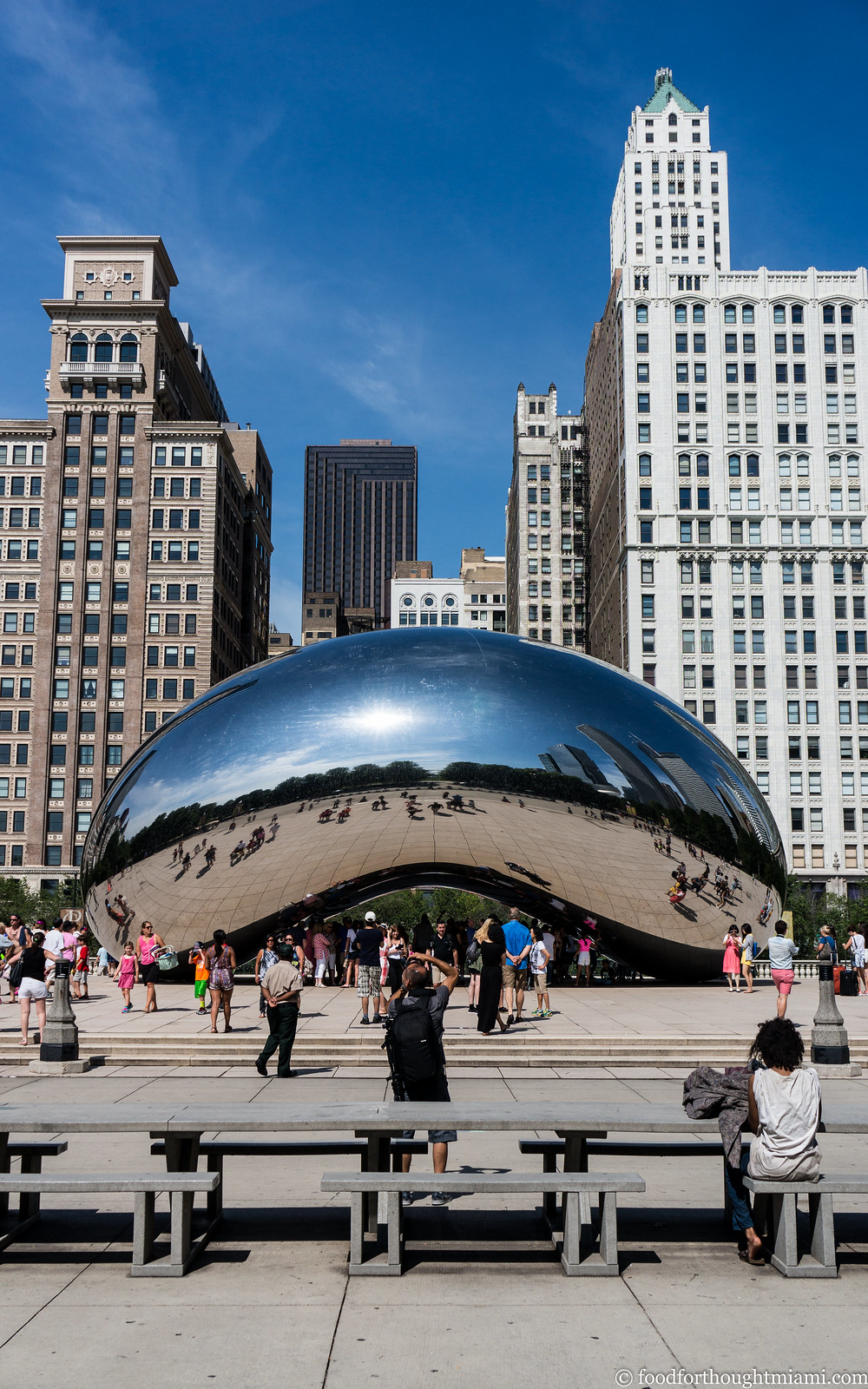
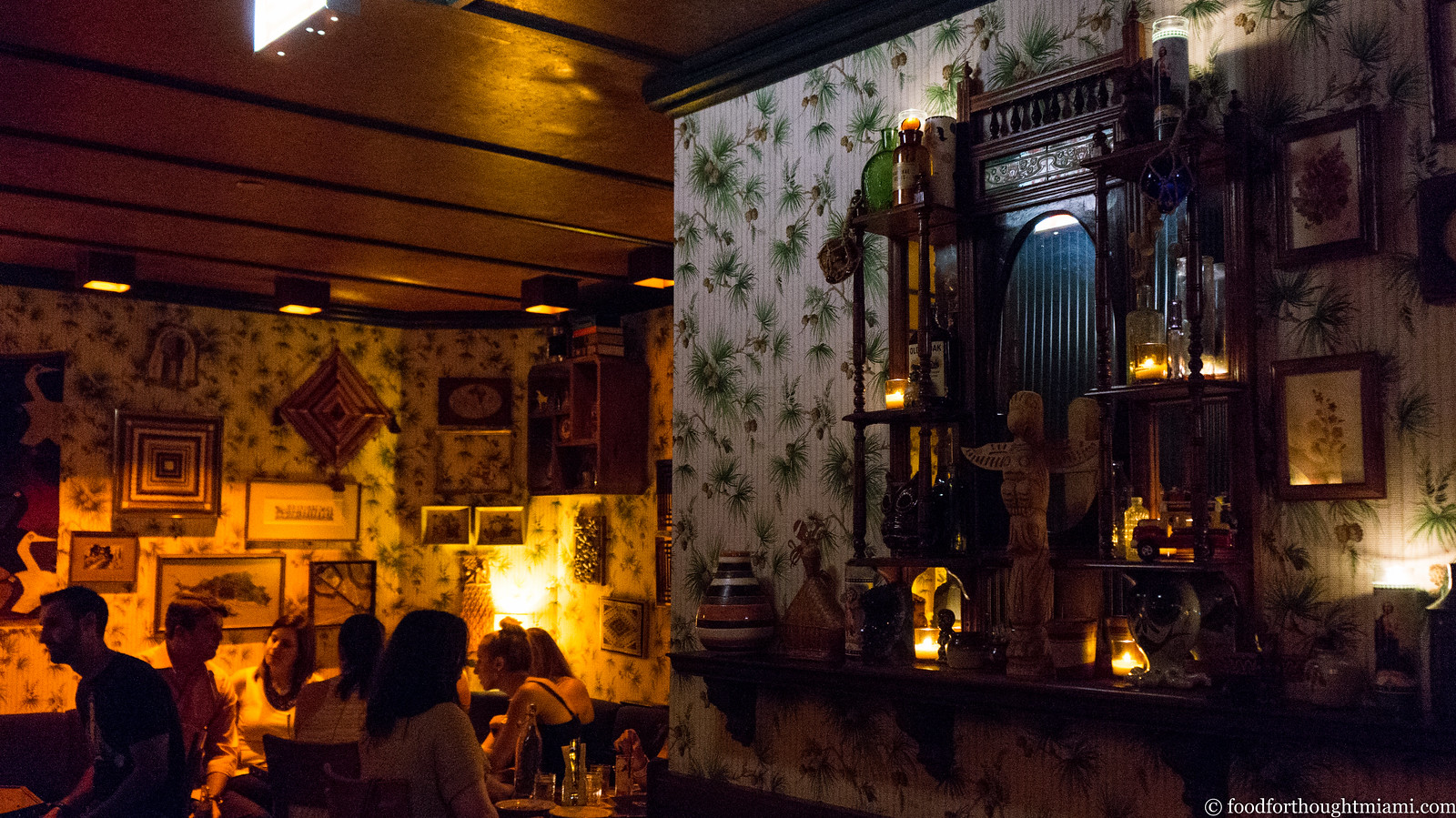


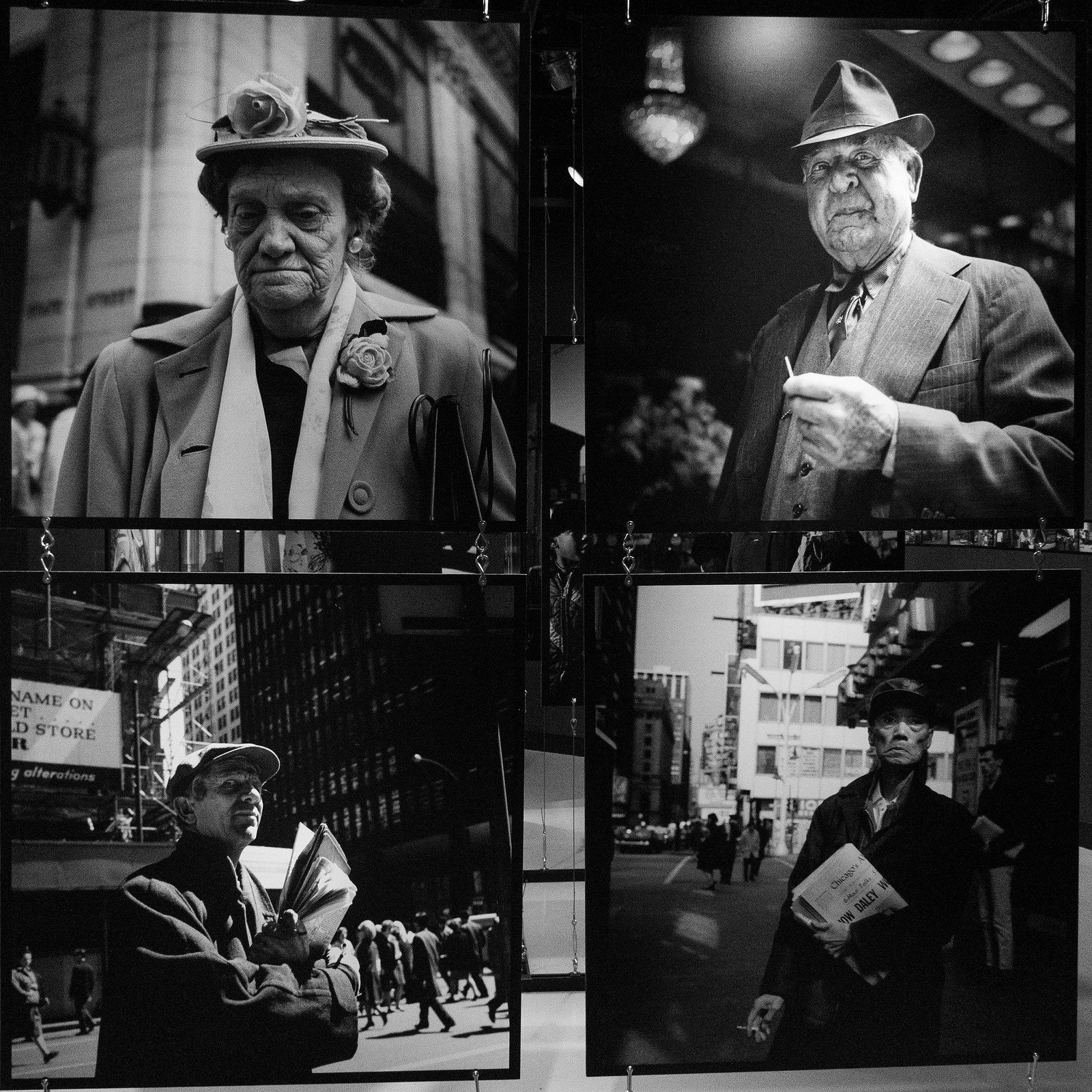
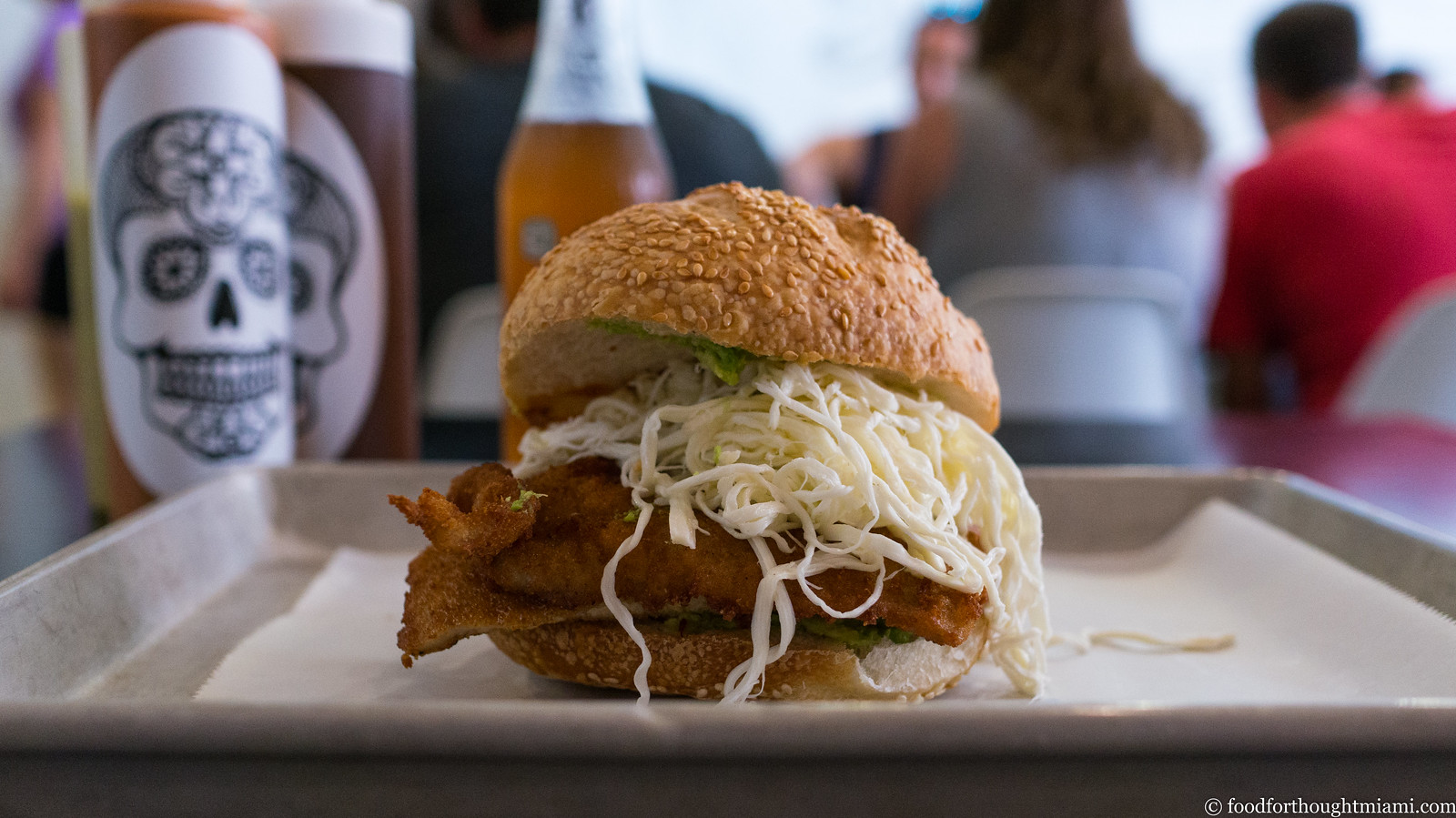
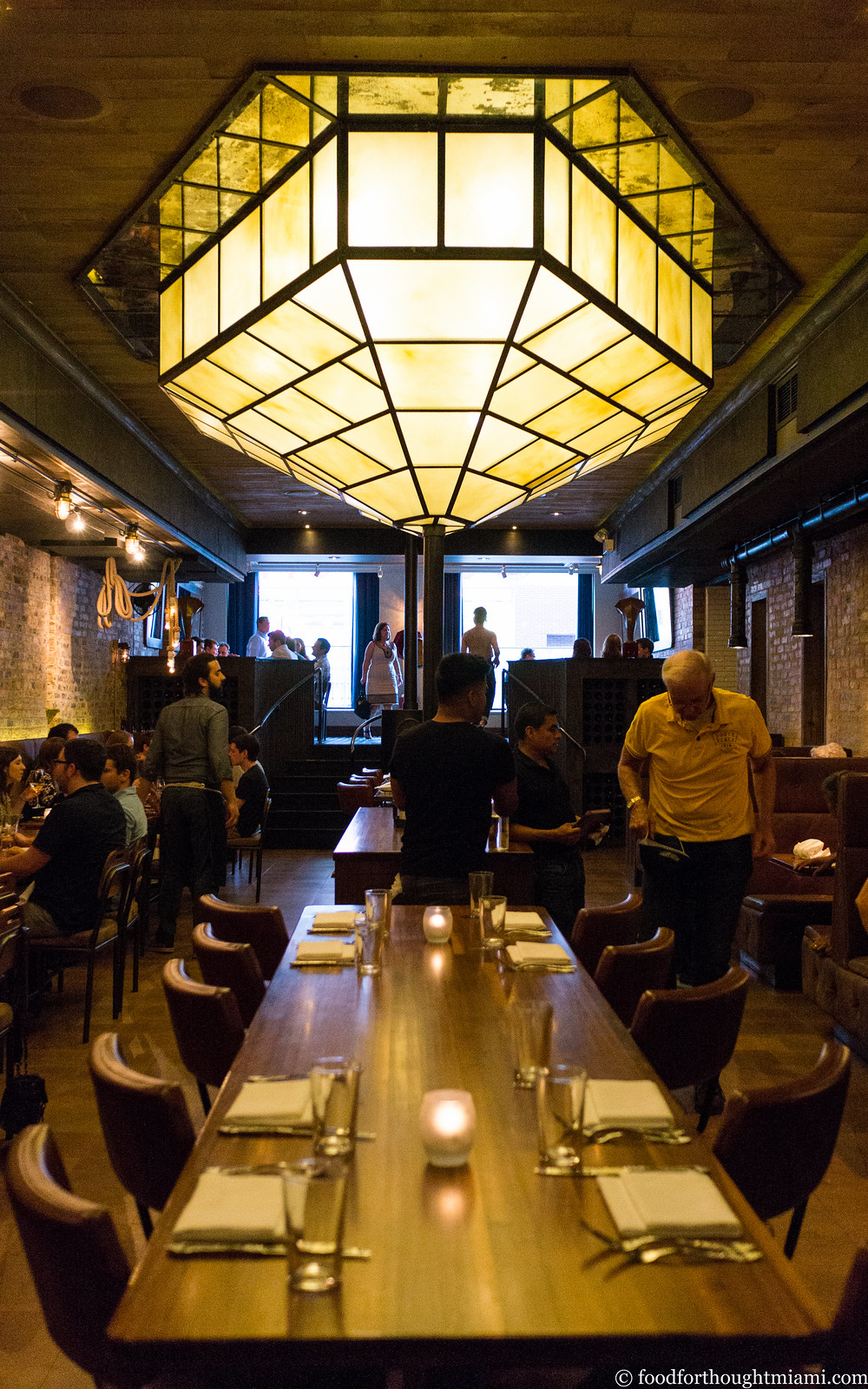

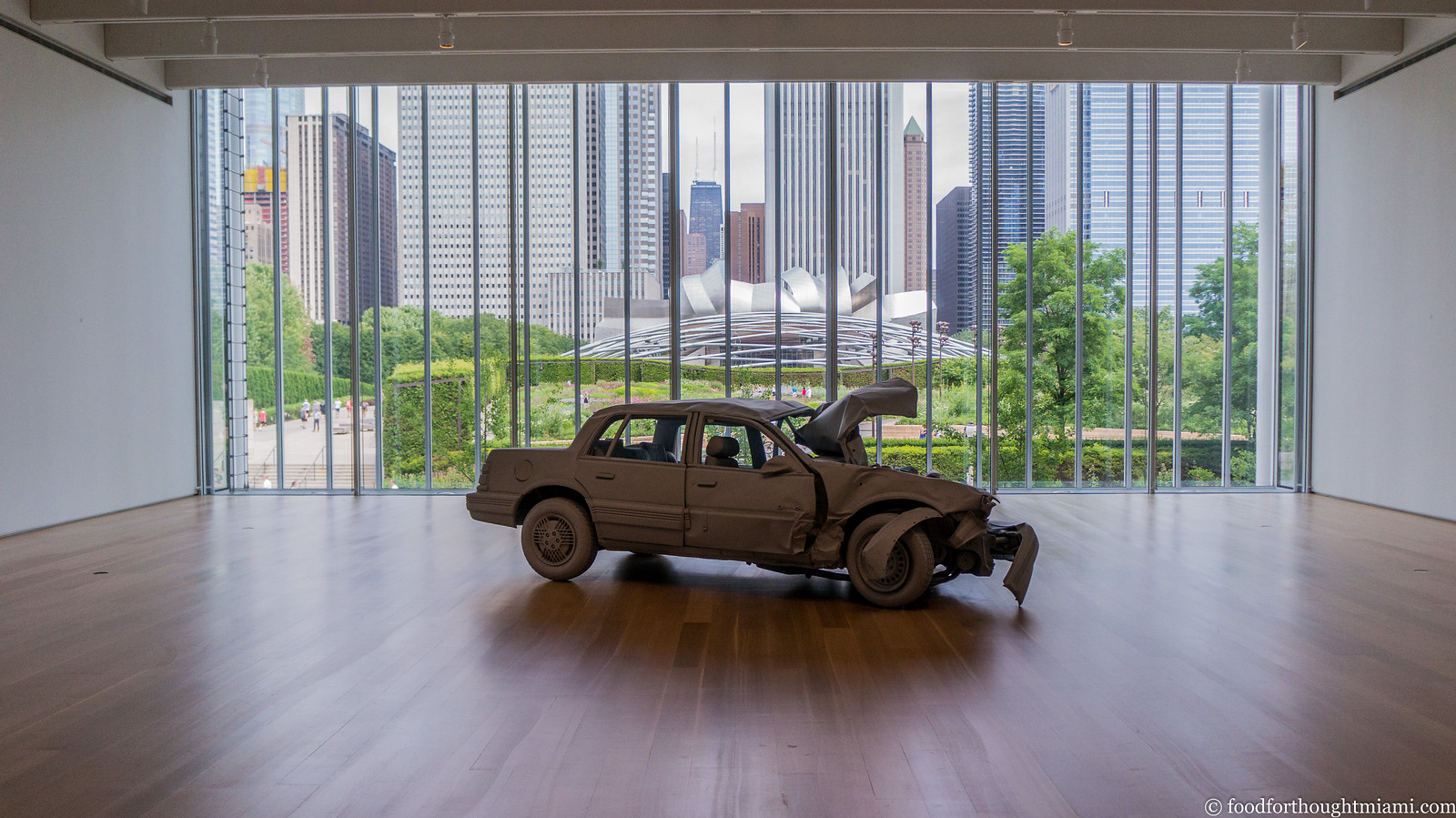
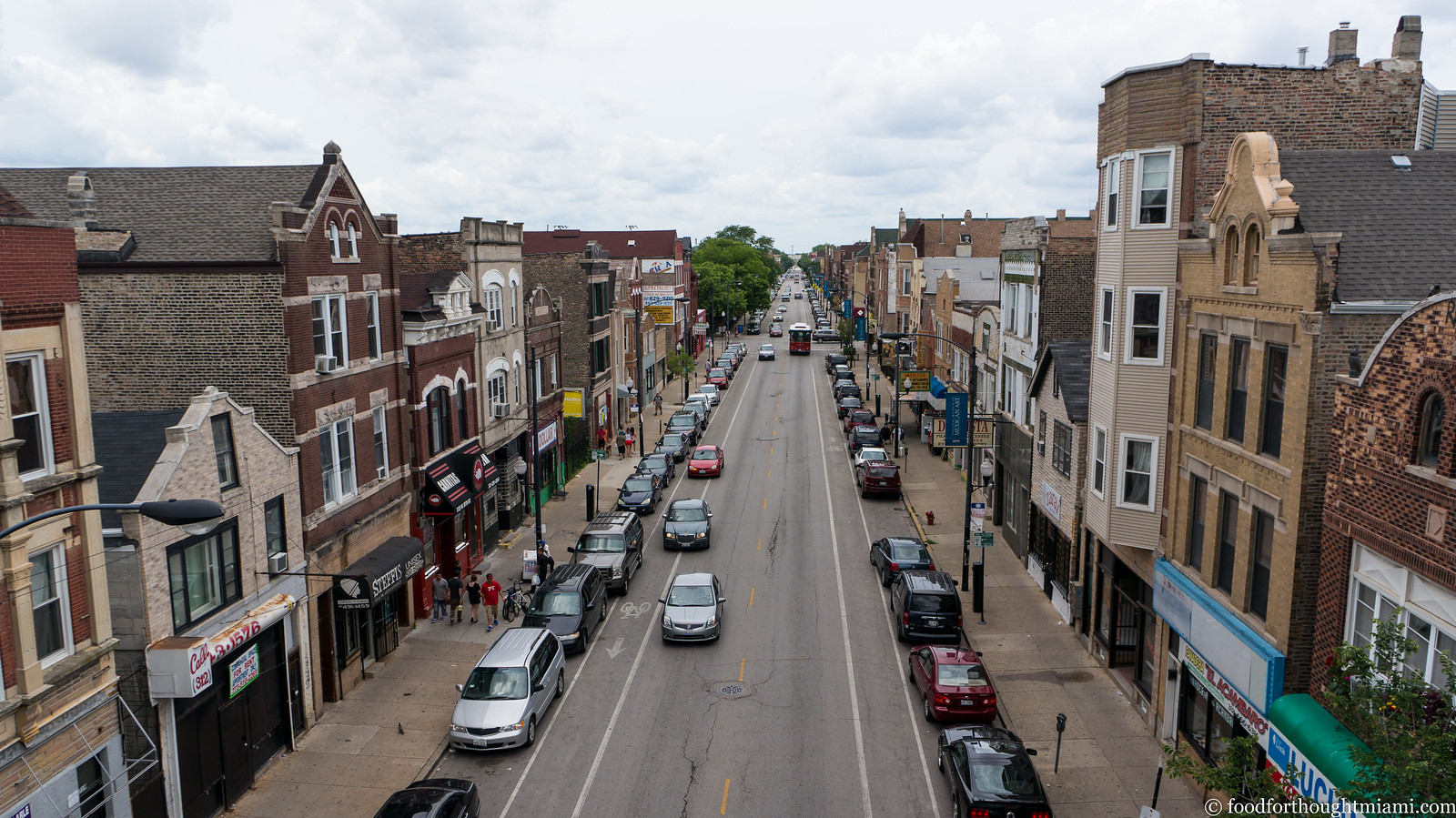
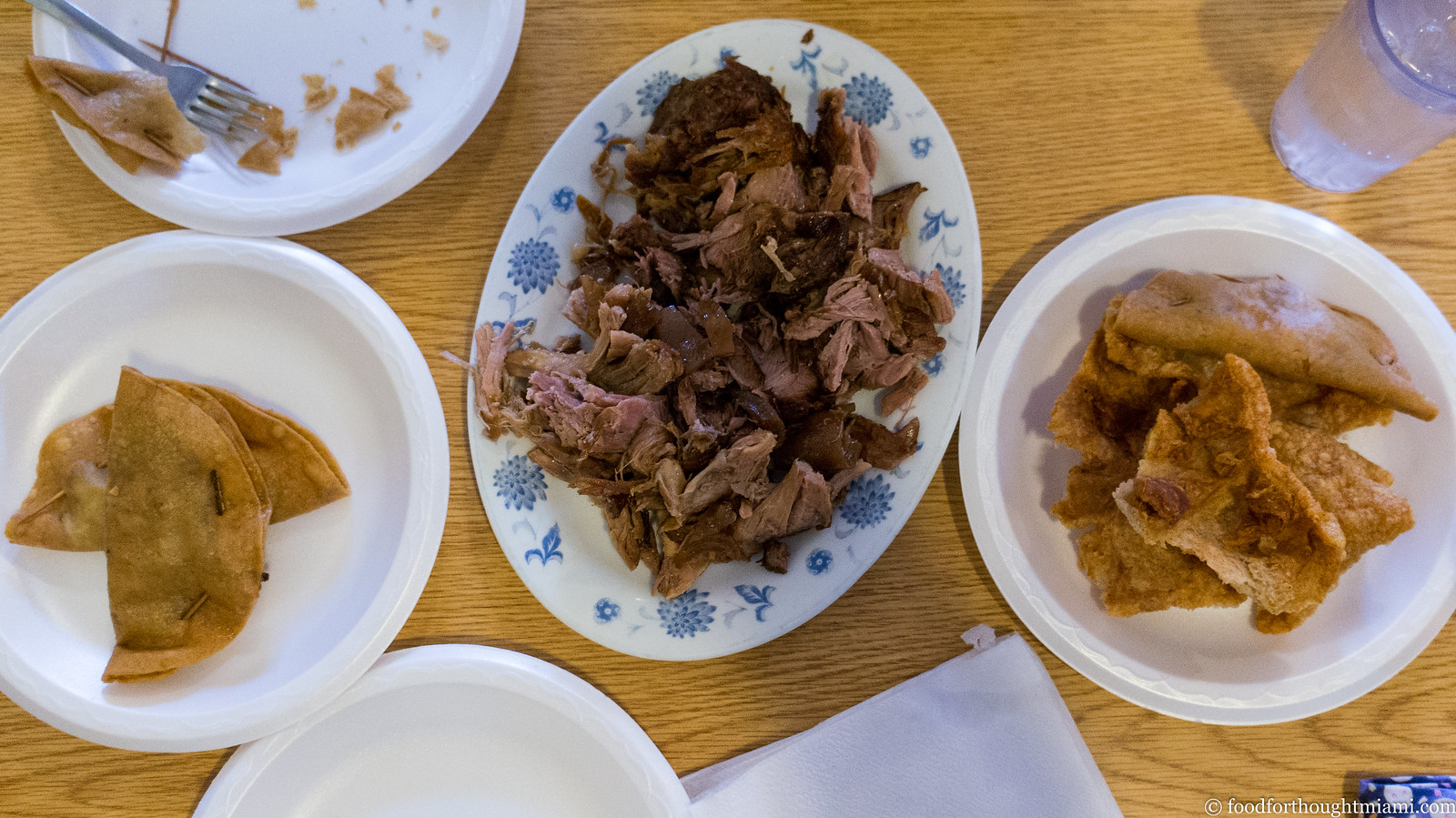
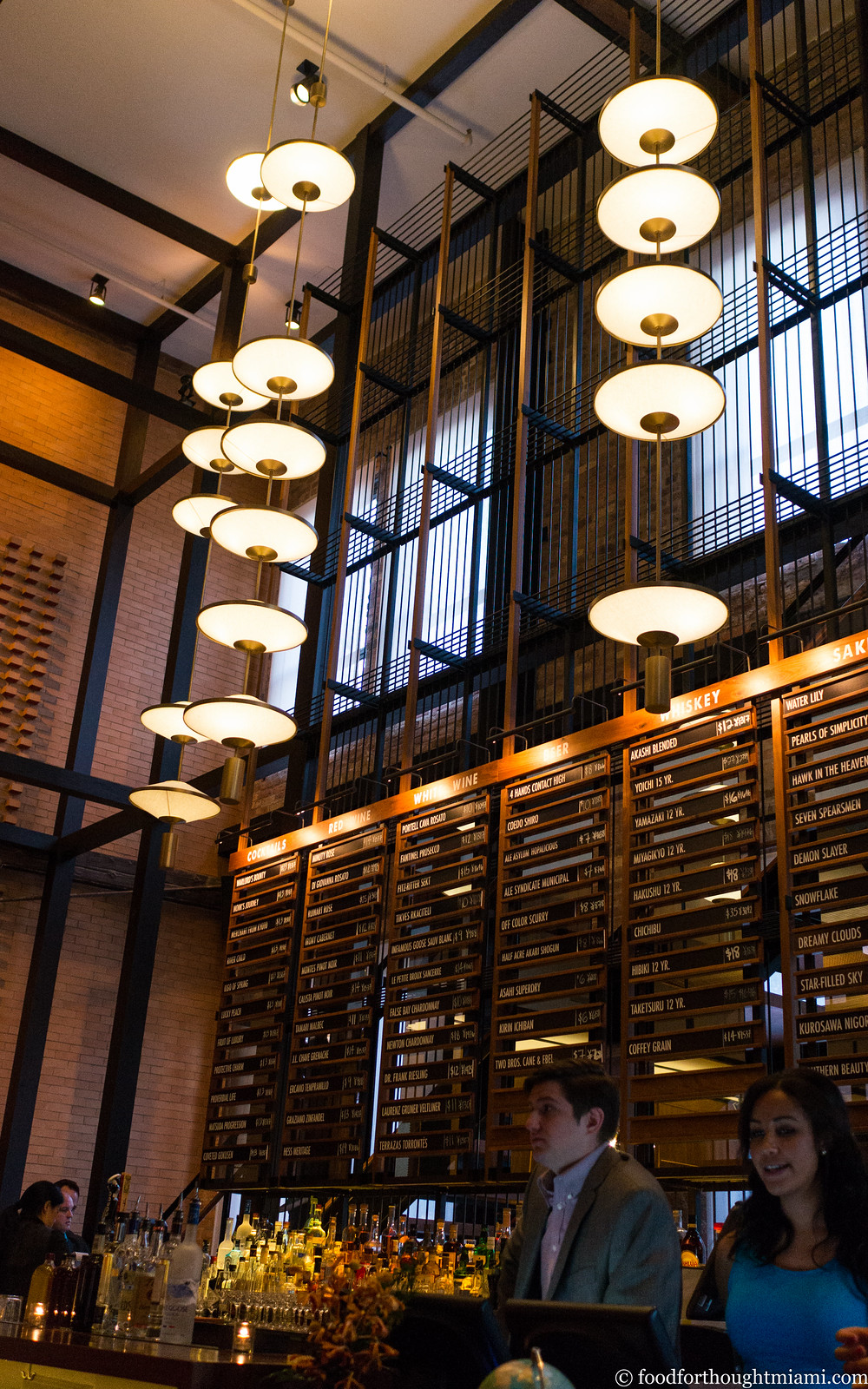
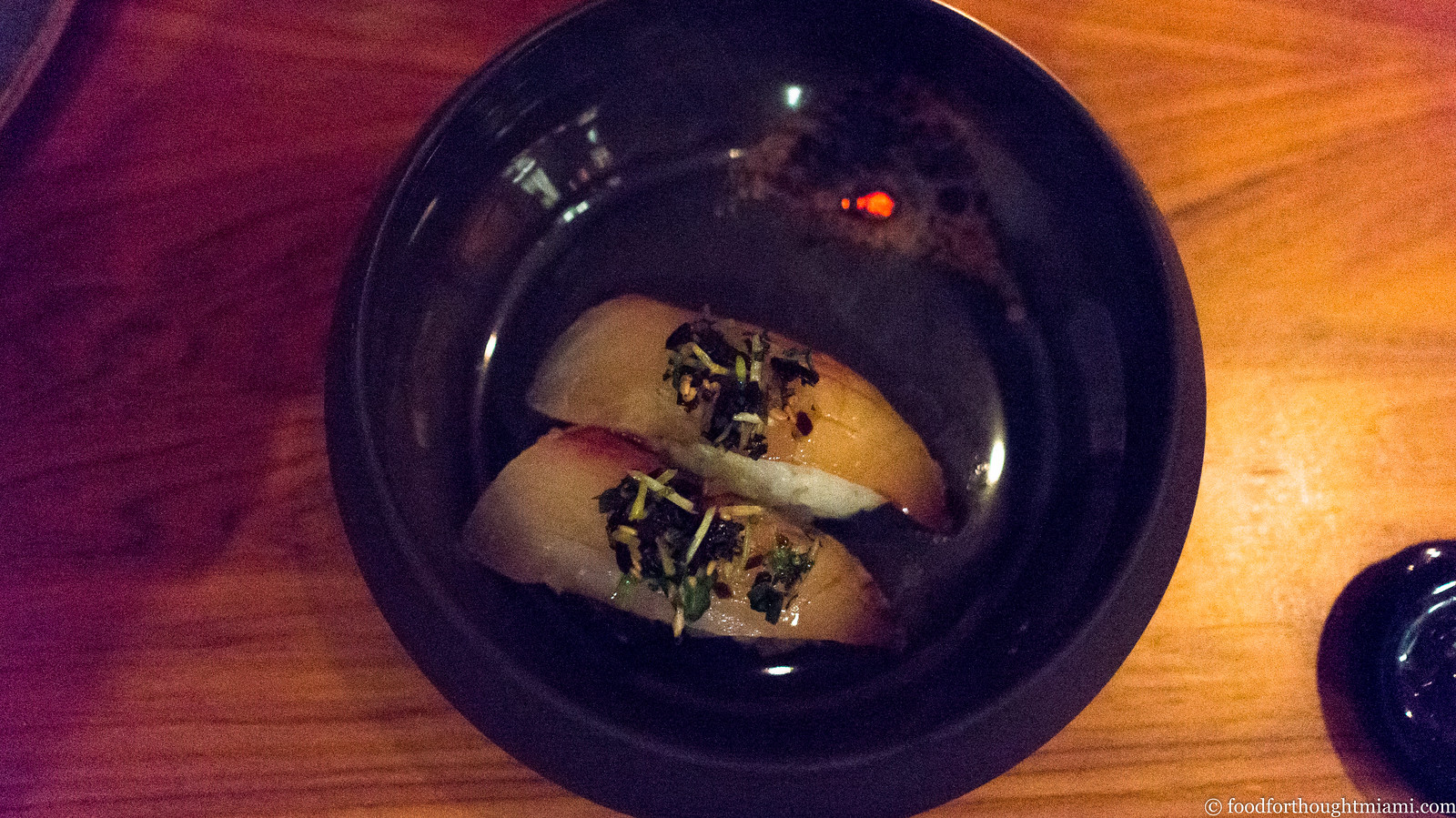
No comments:
Post a Comment